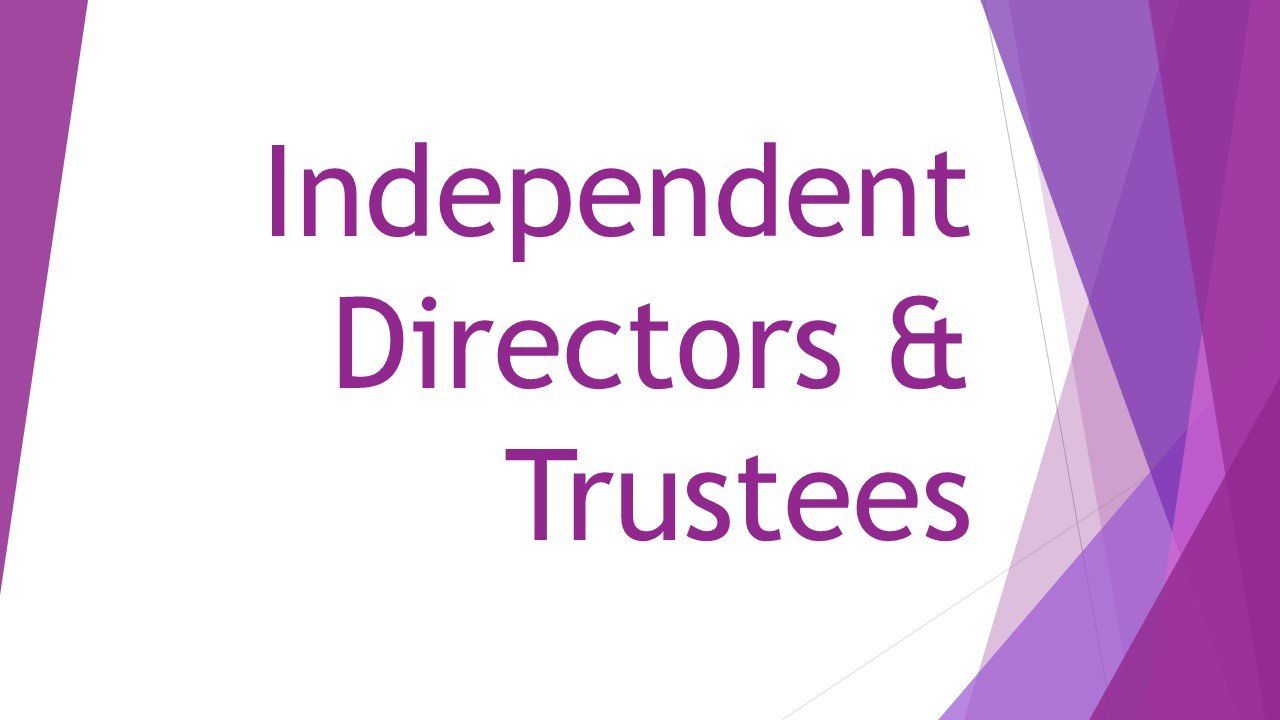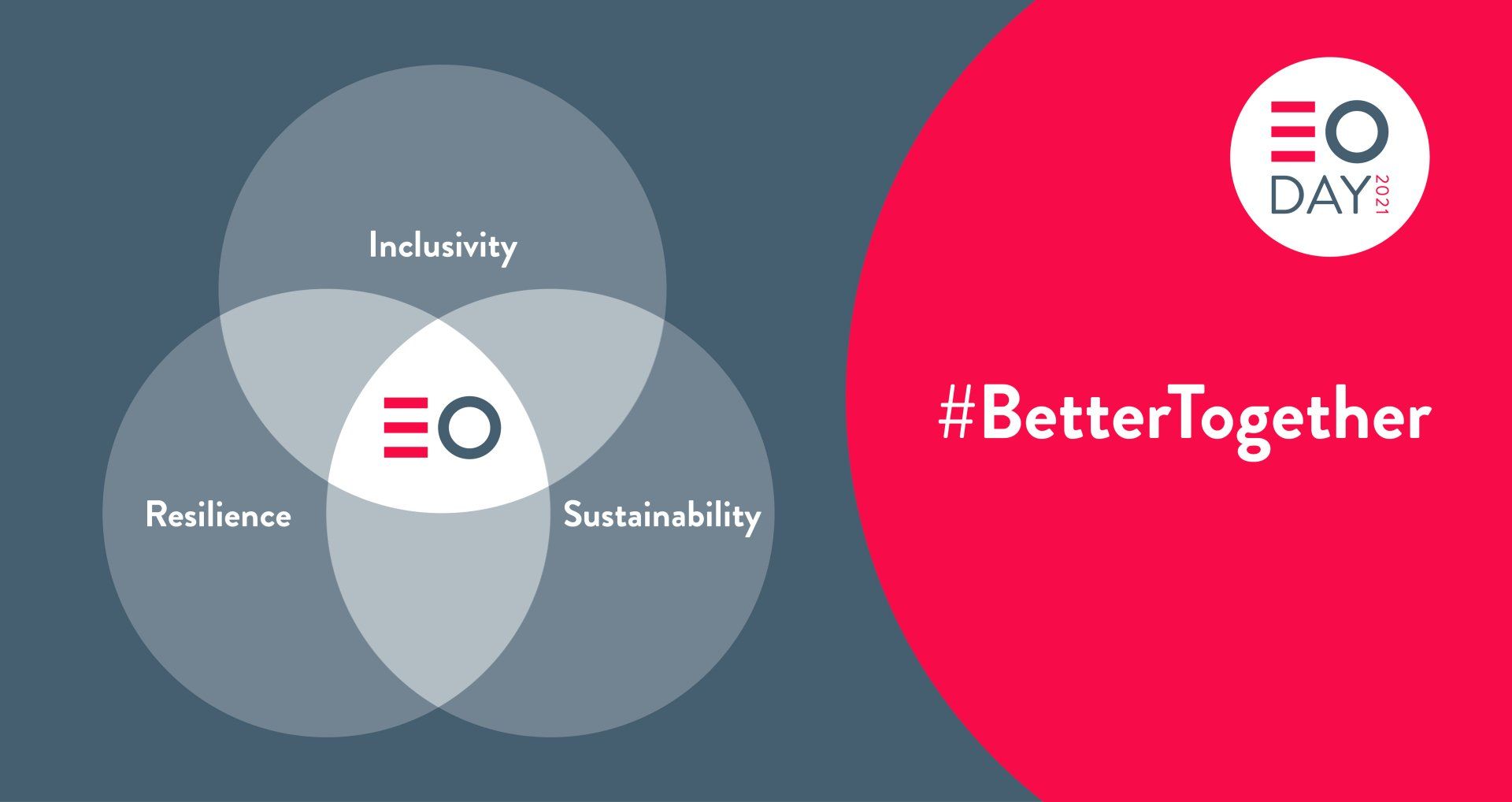The Art of Succession
- by Simon Carter
- •
- 12 Jan, 2021
When you invest so much time, passion and sweat into making your business a success, letting go of the reins can be harder than starting up. But there can be no legacy without succession.

Cries of ‘the business won’t survive without me’, or ‘how will they know what to do?’ are natural fears, and sometimes a facade for ‘what will I do without the business?’ but addressing them head-on not only sets the conditions for smooth transition when the time comes, but also for higher performance in the interim. So the sooner the fears are faced and the matter is addressed, the better for all concerned.
Engagement through Sharing
You take on staff and create layers of management as part of growth and evolution, but they are also an early opportunity to begin teaching others your art. Identifying lieutenants to mentor and showing them how you make the decisions you do can create valuable, engaged deputies who are inside your mind and who you can increasingly trust. Moreover, the whole discipline of articulating what you see as important and how you operate helps rehearse systems that can eventually be codified and enshrined.
And good deputies are a solid investment in peace of mind; they provide cover, they are either a potential successor or a source of important counsel to your eventual successor, and they are organisational stability. Day to day, they allow you step back from being the focal point of approval and direction, giving you space to work on the business rather than in the business.
Clarity of Purpose
But the strongest organisations are also built around clarity of what they stand for; their values have been extended into guiding principles for how everyone should act when discretion prevails. For example, ‘Customer first’ is a value, but ‘what would the customer think?’ is a principle that provides an unambiguous reference point for action and decision at every level. The distinction shapes the way everyone contemplates, behaves, decides, and aligns; it establishes an empowering doctrine that is centred on intent - enhancing agility and engagement, whilst reducing the need for constant supervision and transforming a hands-on culture.
Turning this into proper heritage depends on how well the founding principles are passed down, exemplified, and become ingrained as the business grows. But a palpable depth of culture characterises companies, reinforces brand, and fundamentally endures. It is potentially therefore your strongest legacy. You cannot predict what challenges or opportunities lie ahead but if everyone is rooted in the same guiding principles, you can be assured that the business is as equipped to navigate through as you ever were.
So seeing protégés flourish, reaching a point where you can lead through intent, and trust in your doctrine are rungs to higher performance. Once climbed, they create the confidence to run the business rather than be the business and its gravitational centre. Looking back, they represent a gradual, positive process of letting go of control without eroding the unique value of your gut instincts that first brought success – and what you can still bring to the board.
Getting the Best for your Company
But when you have been architect and instigator for an organisation, there is a more profound attachment and protectionism. The paradox is that you want the best for the company, but you feel the need to have your say. Creating succession enables you and your company to have separate identities. You can continue to be associated heavily with the company, but the company is no longer seen as intrinsically entwined with you. Without this separation at some point, you have no way of stepping back and your company will hit a ceiling on its growth potential, a ceiling created by your bandwidth.
Your continued advice, contribution, and patronage may indeed be desirable as ownership shifts, but your ongoing presence can also be stifling if it is through your push rather than organisational pull. At the end of the day, what is best for the company is clarity, boundaries, and genuine sensitivity to what the company wants.
And, finally, how you will adapt without the business need not be a fear if you deploy the skills that steered it successfully towards a vision early enough on yourself. You are more than equipped.
Succession, in any guise, comes with letting go and change. The real art is how well you have anticipated and set the conditions to reduce its shock - to the business, and to you.
Simon Carter is a Consultant with IDT sharing his broad experience and passion for strategic governance with colleagues and clients alike. He acts as an NED to SMEs and a trustee to employee ownership structures. See more of Simon's background on 'Our Team' page


